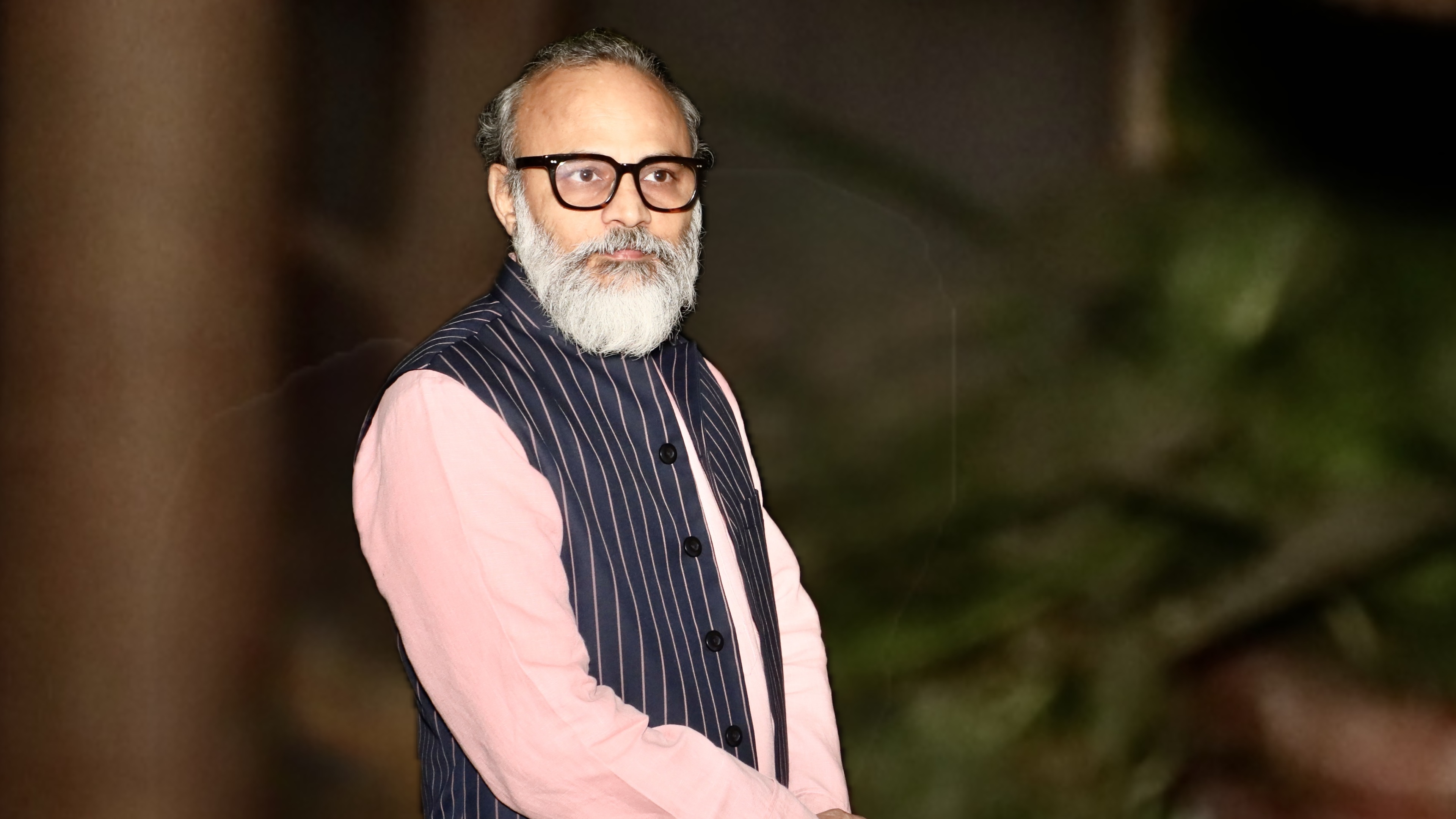
The Habit of Expansion and Heart Attack
1 day ago By Yogi AnoopThe Habit of Expansion and Heart Attack: The Philosophy of Relaxation
“Stretch the muscles only to the extent that they can experience a return to their natural state.” — This sentence is not merely a principle of yogic discipline, but a deep pointer toward a body-mind philosophy. While the purpose of stretch or tension may seem to be expansion and strength on one level, its ultimate fulfillment is revealed only through relaxation.
In any physical practice, if we focus solely on the expansion of muscles and ignore the process of their return — that is, the journey back to their original balance — we disrupt their natural rhythm. Every muscle has a memory, a neuromuscular memory — which tells it when to contract, when to loosen, and when to return to a state of rest. But when muscles are repeatedly trained only for stretch, this memory is overwritten by tension, displacing the natural sense of balance.
In my view, the goal of practice should be to help the muscles recover their original capacity — to return to their natural equilibrium. And this is only possible when we imprint the tendency of relaxation into the muscle memory through our practice. It is this very tendency that cultivates long-lasting vitality, stability, and inner ease.
As a result, when this balance is not established, and muscles are trained only in the direction of expansion and stretching, it forms a habitual pattern of tension. This habit does not remain confined to the physical body — it also has a profound indirect effect on the heart.
This continuous stretch, especially in those who consider “constant stretch” as the goal even in yoga or exercise, creates excess pressure on the heart. Over time, this condition can lead to serious consequences like a heart attack. I have observed many disciplined yoga and pranayama practitioners who, despite their dedication, suddenly develop heart-related problems.
Even those who take physical discipline in yoga to its extreme are often trapped in the mindset that “tension is strength,” whereas true strength lies in the state where the body and mind are free from tension. When muscles are stretched repeatedly, and the opportunity to relax is taken away from them, the body begins to generate a constant underlying pressure — which threatens the balance of blood pressure, the nervous system, and cardiac function.
I frequently encounter individuals who come for consultation after intense physical overexertion, suffering from conditions like depression, facial paralysis, hypertension, or insomnia. These are all symptoms of an unseen tension that has been imprinted as a habitual muscular pattern of continuous stretch. Particularly in yoga — where the practice is meant to lead toward spiritual rest — if physical stretch alone becomes the central focus, the outcome can be destructive.
In my own forty years of experimentation, I have made relaxation the core of practice — not only for rest but also for healing diseases. When relaxation is made the goal of practice, a deep dialogue is established between the brain and the body — where rhythm between tension and rest gives birth to balance.
Hence, it is essential that we do not consider expansion or stretch alone to be the purpose of sadhana (practice). True sadhana lies in enabling the muscles to return to their origin, to their inner point of zero — relaxation. Only then can they return not only to physical balance but also relieve the heart from tension, offering long-term stability and peace in life.
Recent Blog
Copyright - by Yogi Anoop Academy
